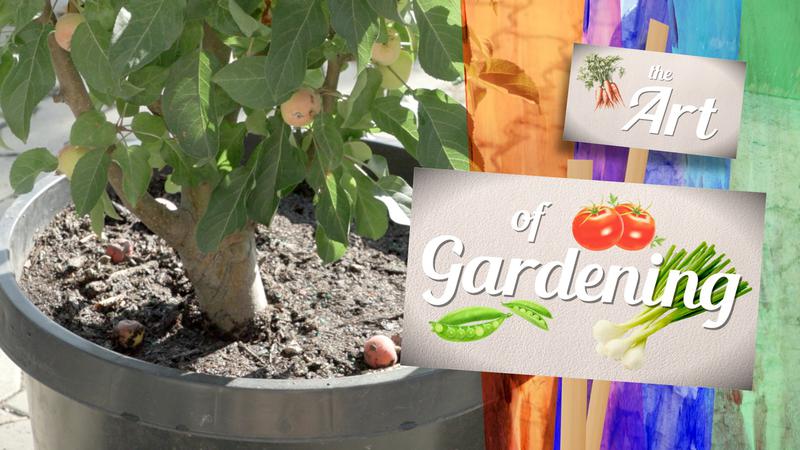Getting used to using less and better – a viable solution
KAMLOOPS — I saw the dry yellow pastures and lawns as soon as we got close to the ferry terminal. As if nothing but rain was to bring any water to the parched land. This was Salt Spring Island, but the other islands we passed by during our ferry ride were the same. Dry grass everywhere.
At the same time, the island has farm stands everywhere and a bustling farmer’s market every Saturday. Clearly, water is being used, but judiciously. A lady we chatted with confirmed that lawns are not watered in the summer. Why waste the water, she said? There is only that much of it on the island. On some of our hikes we came across some dried seasonal creeks and some thin year-round ones that would gather in pools before continuing their journey. It is those pools, the hidden eyes of the forest, that reveal the immeasurable value of water.
Life of all kinds thrives in and around the creeks and pools, while the rest of the forest waits, some areas more parched than others due to prolonged sun exposure, for the rains to come and the typical coastal dampness, now overcome by summer heat.
Of course, it made me think of the lawns back in Kamloops, many of which are green and lush, despite the searing hot (and persistent) temperatures. Can we maybe get used to brown lawns during the summer, while saving the water for what is actually needed, such as gardens?


